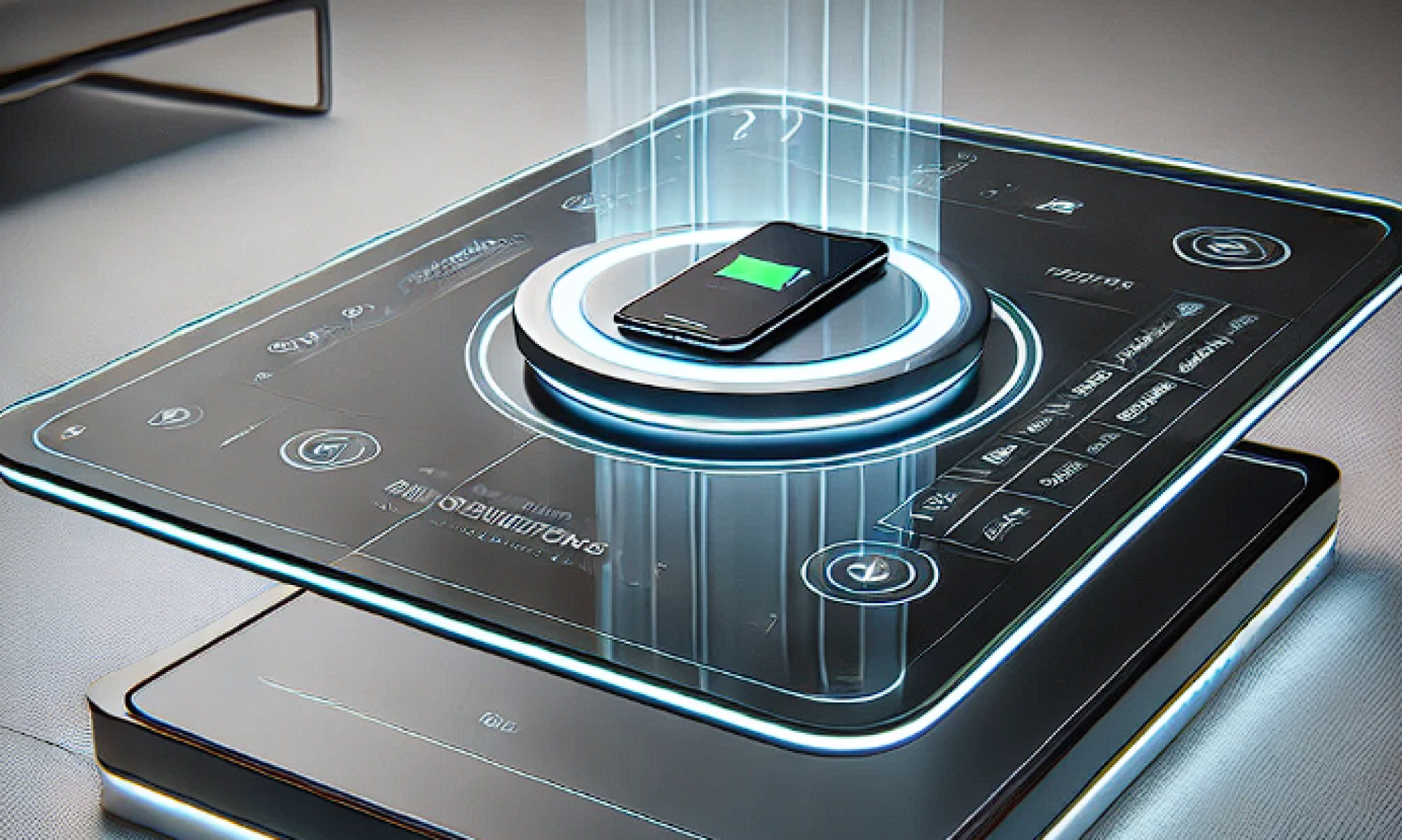 My first priority this week was to complete the mechanical modeling simulation and part selection for the Gantry system. For the power configuration, I chose a common NEMA motor to power the system, a set of two motors to power the horizontal and vertical movement of the entire system, and a separate motor to control the arm up and down to grab the charging pads for movement. Since I hadn’t touched or designed a gantry system before, I researched and borrowed some designs from cheaper 3D printers, and used a combination of two sets of moving and fixed pulleys and 6mm belts for the drive, as well as a set of MGN9 rails for the limit. I finished picking and filling out the drivetrain parts on the purchase list and we’ve submitted it to the TA for review. Since most of the parts are being purchased using Amazon, we hope to complete the development of the motor controller drives and the basic Gantry build over fall break and the following week.
My first priority this week was to complete the mechanical modeling simulation and part selection for the Gantry system. For the power configuration, I chose a common NEMA motor to power the system, a set of two motors to power the horizontal and vertical movement of the entire system, and a separate motor to control the arm up and down to grab the charging pads for movement. Since I hadn’t touched or designed a gantry system before, I researched and borrowed some designs from cheaper 3D printers, and used a combination of two sets of moving and fixed pulleys and 6mm belts for the drive, as well as a set of MGN9 rails for the limit. I finished picking and filling out the drivetrain parts on the purchase list and we’ve submitted it to the TA for review. Since most of the parts are being purchased using Amazon, we hope to complete the development of the motor controller drives and the basic Gantry build over fall break and the following week.
In the meantime, since we’re picking parts together this week, we think that choosing how thick the acrylic or glass panels will be is an essential thing to consider. We experimented with both 3mm and 5mm acrylic sheets and found that 3mm would be a good balance of strength and charging performance. We will use Techspark’s acrylic boards for the time being in subsequent experiments because of the possibility that the glass may break during the experiments. While waiting for the hardware to arrive, I also plan to finish testing the vision system with the team, and we will decide soon whether to use traditional vision or a machine learning model such as YOLO for cell phone device tracking. If machine learning is to be used for cell phone device tracking, we will immediately start collecting case data from cell phone devices and begin developing our first version of the model.
